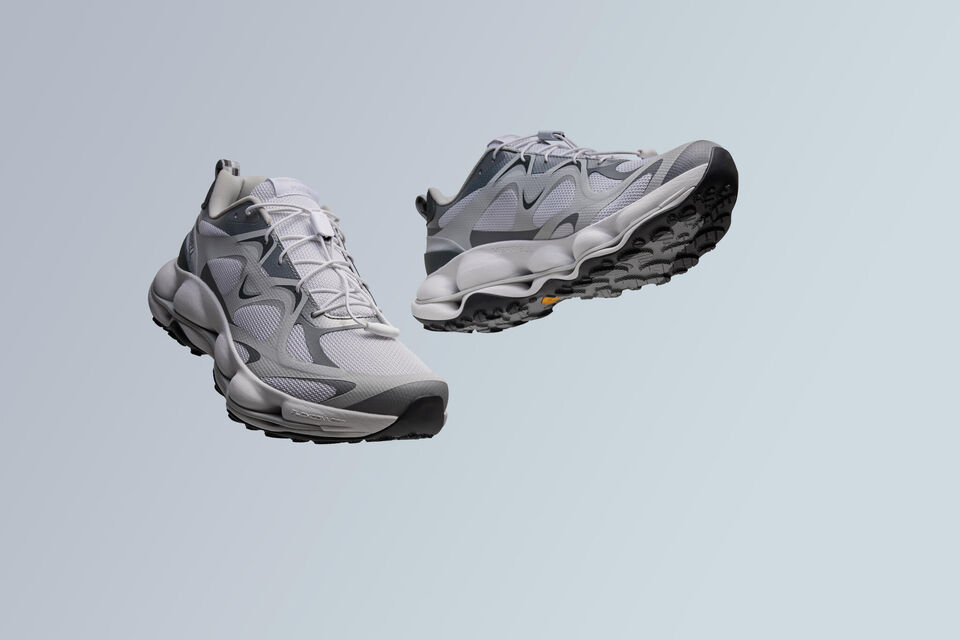Thanks, all, for the advice about flashlights. I think I'll leave my headlamp at home. I understand what you mean about peering into the bottom of a backpack etc.; however, I'll use a light on a gizmo for that if needed.
@smux , I am expecting to be wet most of the time, and that's OK with me. I also figured there would be snow up in the higher spots I plan to go (Njulla, Lulip Čáhcenjoaski, Njunesgeahči, Nállu, Sälka Sealggá, Kebnekaise via Fika Valley, and Skirffe). Some of those places I expect will have a lot of snow (Sälka Sealggá and Kebnekaise) but what about the others? Will I be postholing? Will the shallow snow give way and I sprain my ankles in holes between rocks? Those situations I would like to avoid! I am hoping that it's just sinking a few centimeters into soft snow and getting a bit damp. If so, I think that will be OK.
Usually when I'm out hiking in the snow (and not postholing), I use my Gore-Tex Icebugs. My plan is to wear those and 3 layers but
not to wear my winter jacket. That is too hot when the temprature is more than 5 degrees C and it's too restrictive to trek so far. Instead, I plan to wear a wool base layer, a wool secondary layer, and a wind/rain jacket with buff, two hoods, gloves and wind/rain mittens. I will also have an extra long-sleeve T-shirt and short-sleeve T-shirt with me (for sleeping primarily but usuable if it's really cold). Would this be adiquent for this time of year in these higher spots, do you know?
My idea of exiting in Saltoluokta came from Fredrik Neregård's guidebook where he says that that's a viable exit point. My intention is to hit Skirffe and then get out of Dodge. I will check the logistics of that exit point closly though and see if Vakkotavaare makes more sense after hitting Skirffe.
@Småtärna , I'm planning on camping the enitre time, but will see how it goes.
Thanks again, all, for the help and advice.


